NASA Gives SpaceX $843 Million To Dump the International Space Station in a ‘Spacecraft Cemetery’
NASA has taken a significant step by awarding SpaceX a $843 million contract. The mission? Safely deorbit the International Space Station (ISS).
This decision marks a historic partnership aimed at ensuring the ISS’s controlled reentry and splashdown, avoiding any risk to populated areas.
The ISS's Long Journey
Since its launch in 1998, the ISS has been a cornerstone of space exploration. Orbiting Earth for over two decades, it has hosted countless scientific experiments and international collaborations.
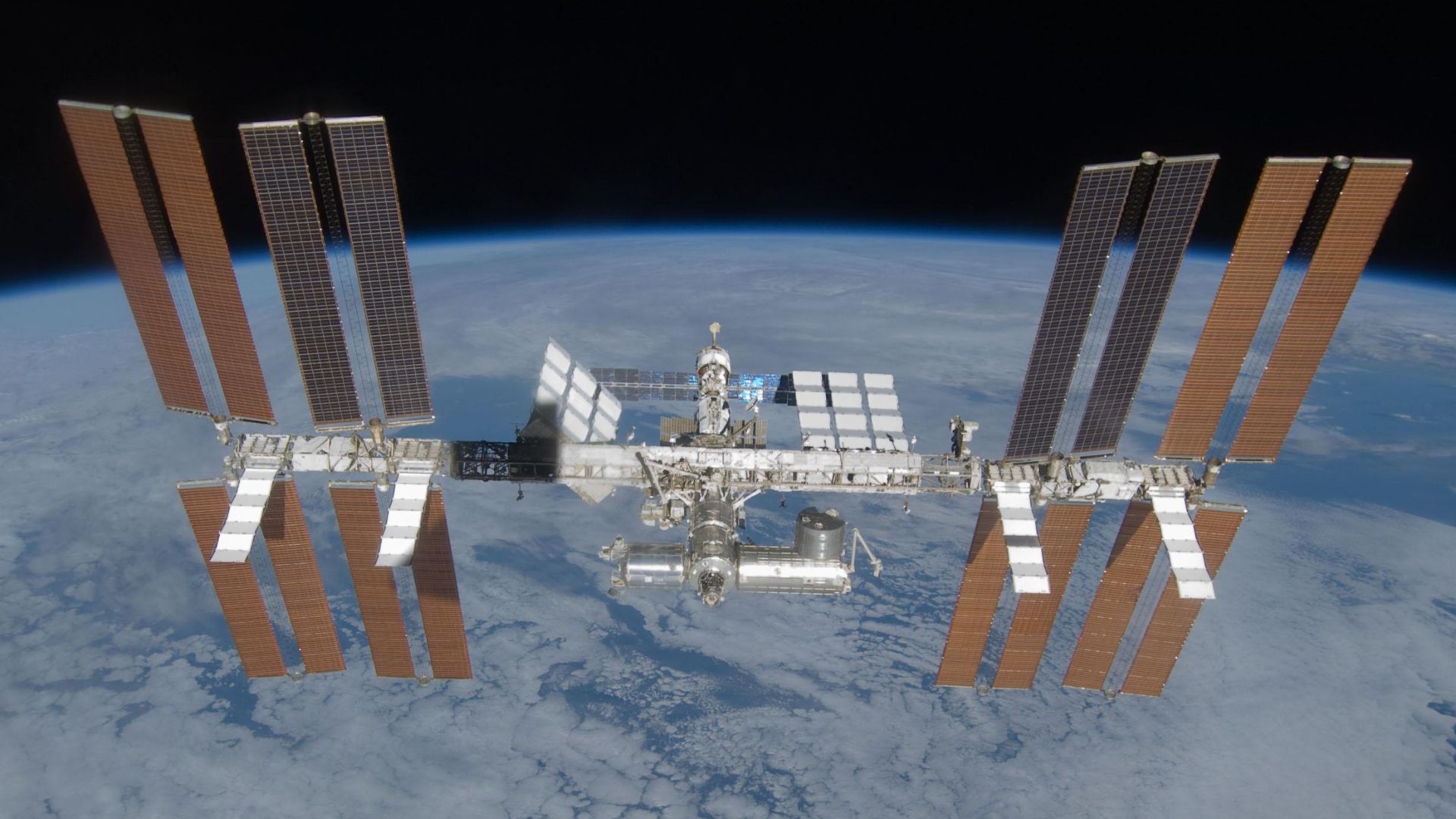
Source: NASA/Wikimedia Commons
As it approaches the end of its operational life around 2030, a safe disposal plan becomes essential.
Too Big To Burn
Weighing a colossal 900,000 pounds, the ISS is too massive to fully burn up upon reentry.

Source: Freepik
A controlled deorbit is crucial to prevent any large debris from crashing unpredictably on Earth’s surface. SpaceX’s U.S. Deorbit Vehicle (USDV) will play a vital role in this mission.
Developing the USDV
SpaceX will develop the USDV over several years, ensuring it meets the stringent requirements for this delicate task.
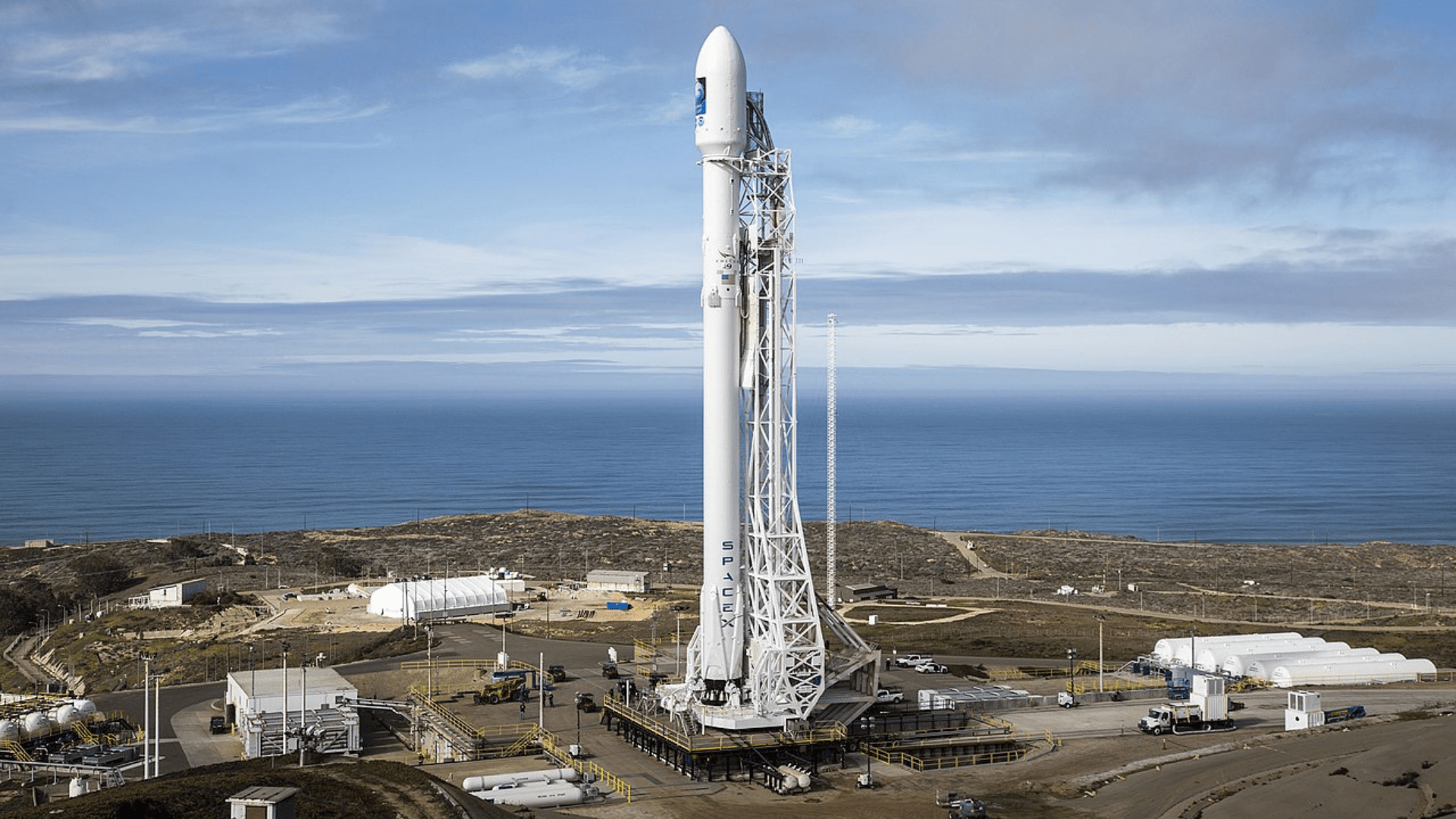
Source: SpaceX/Wikimedia Commons
The spacecraft will be designed to bring the ISS back to Earth safely, minimizing risks to human life and property. Testing and fine-tuning will be key aspects of this development phase.
International Collaboration
NASA isn’t alone in this endeavor. Canada’s CSA, Japan’s JAXA, and the European Space Agency (ESA) have all committed to supporting the ISS until 2030.
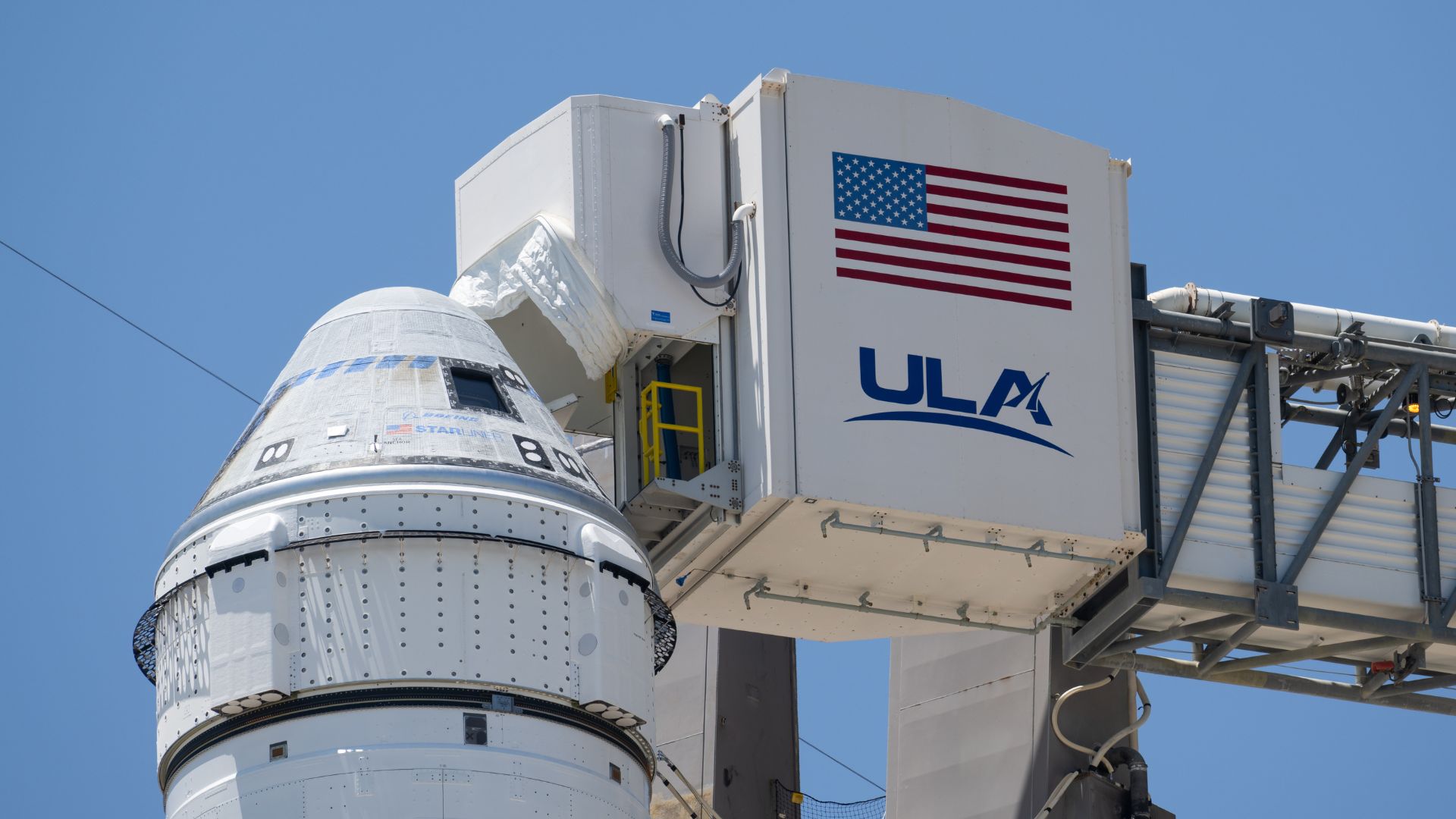
Source: NASA/Joel Kowsky/Wikimedia Commons
Russia’s Roscosmos will continue its involvement until at least 2028, highlighting the global cooperation that has defined the ISS’s mission.
Spacecraft Cemetery
The term “spacecraft cemetery” refers to the remote oceanic area where decommissioned satellites and space stations are safely deorbited.

Source: Sarah Brown/Unsplash
This ensures that no debris harms populated areas. The ISS will join other retired spacecraft in this underwater graveyard, marking the end of an era.
Ken Bowersox's Vision
Ken Bowersox, associate administrator for Space Operations Mission Directorate at NASA, emphasizes the importance of a safe transition.
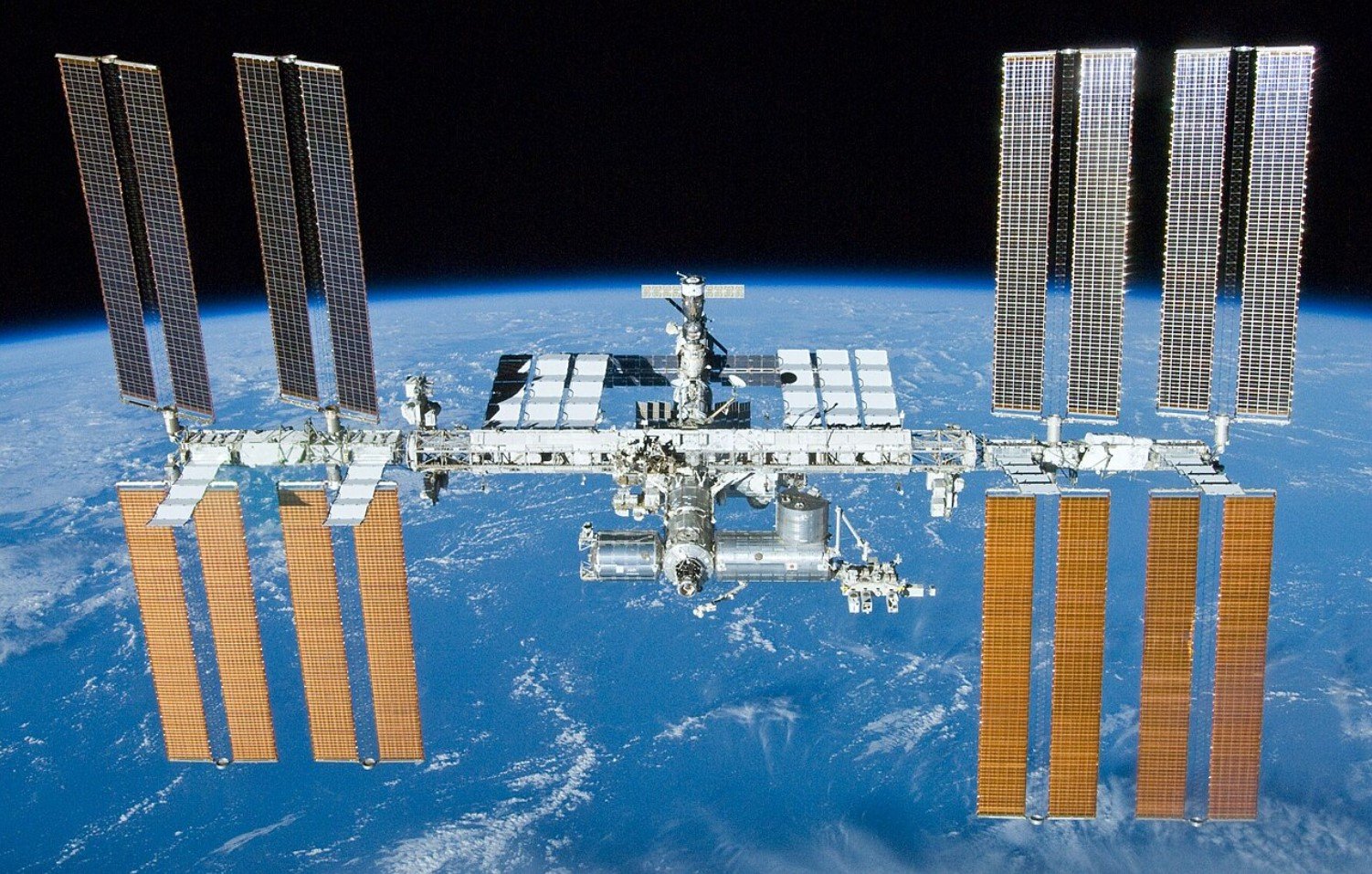
Source: Wikimedia
He stated, “This decision supports NASA’s plans for future commercial destinations and allows for the continued use of space near Earth.” The focus is on ensuring a responsible end to the ISS’s mission.
Future of Low Earth Orbit
With the ISS’s decommissioning, NASA aims to encourage the development of private space stations.
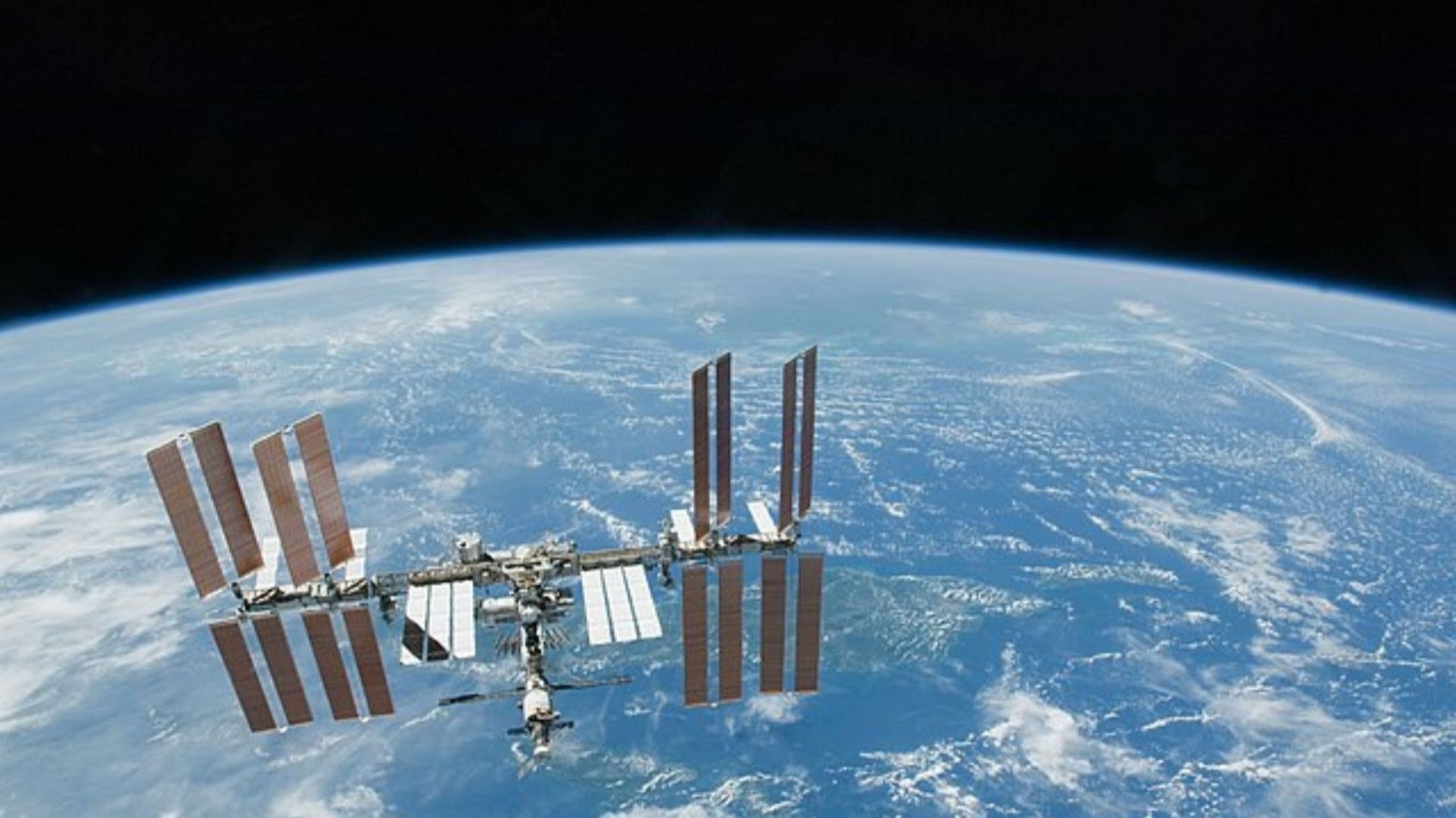
Source: NASA/Wikimedia Commons
This transition will reduce NASA’s annual $3.1 billion operational cost for the ISS, opening up opportunities for commercial ventures and new research platforms in low Earth orbit.
Private Space Stations on the Horizon
Several private space stations are in the works, promising exciting new opportunities. Projects like Orbital Reef and Axiom Space’s Axiom Station aim to create mixed-use business parks in space.
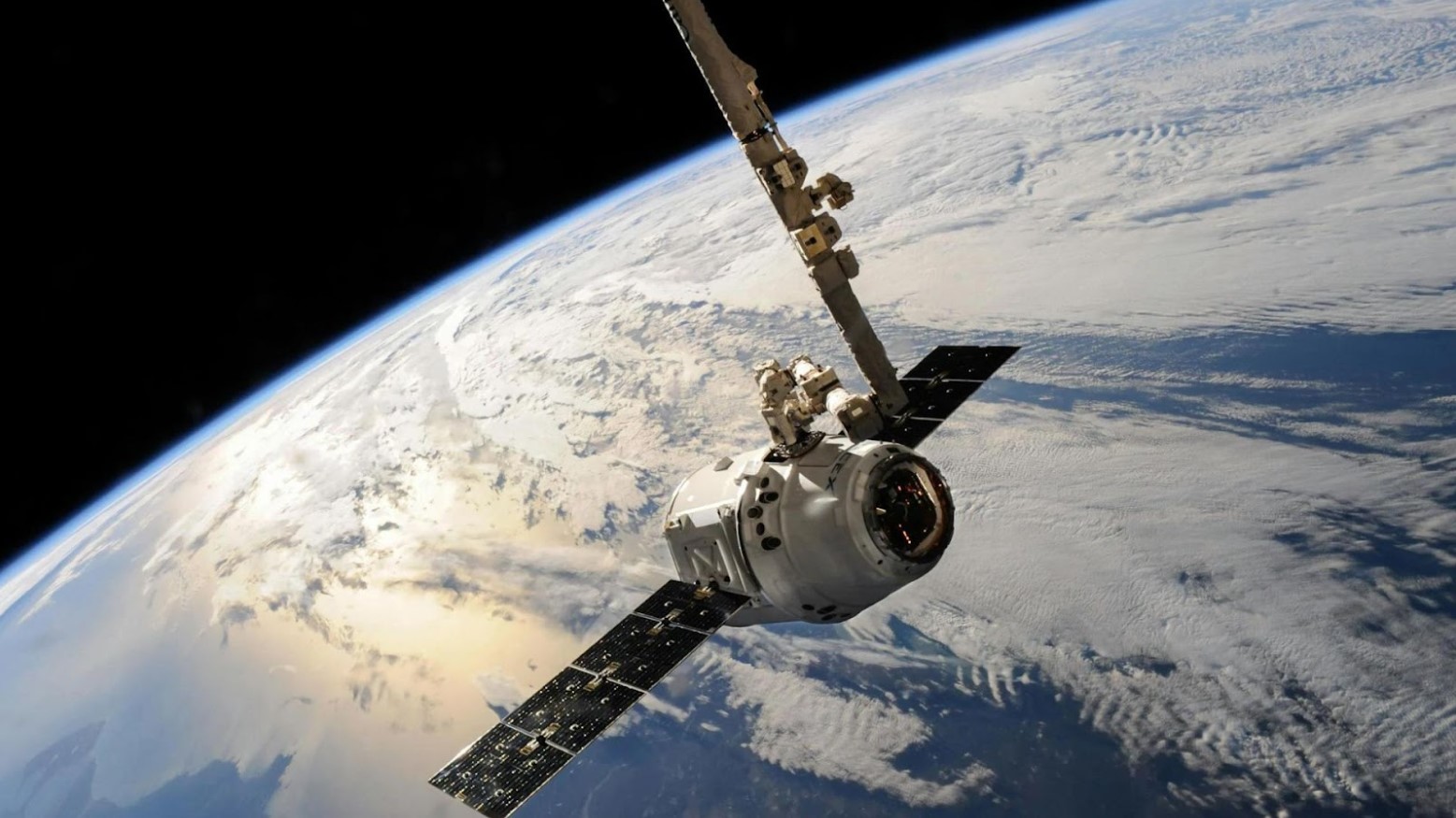
Source: SpaceX/Pexels
These stations will cater to both private companies and space agencies, fostering innovation and collaboration.
Orbital Reef Details
Orbital Reef, led by Blue Origin and Sierra Space, will orbit 310 miles above Earth. Described as a “mixed-use business park,” it will enable companies to establish their own presence in space.
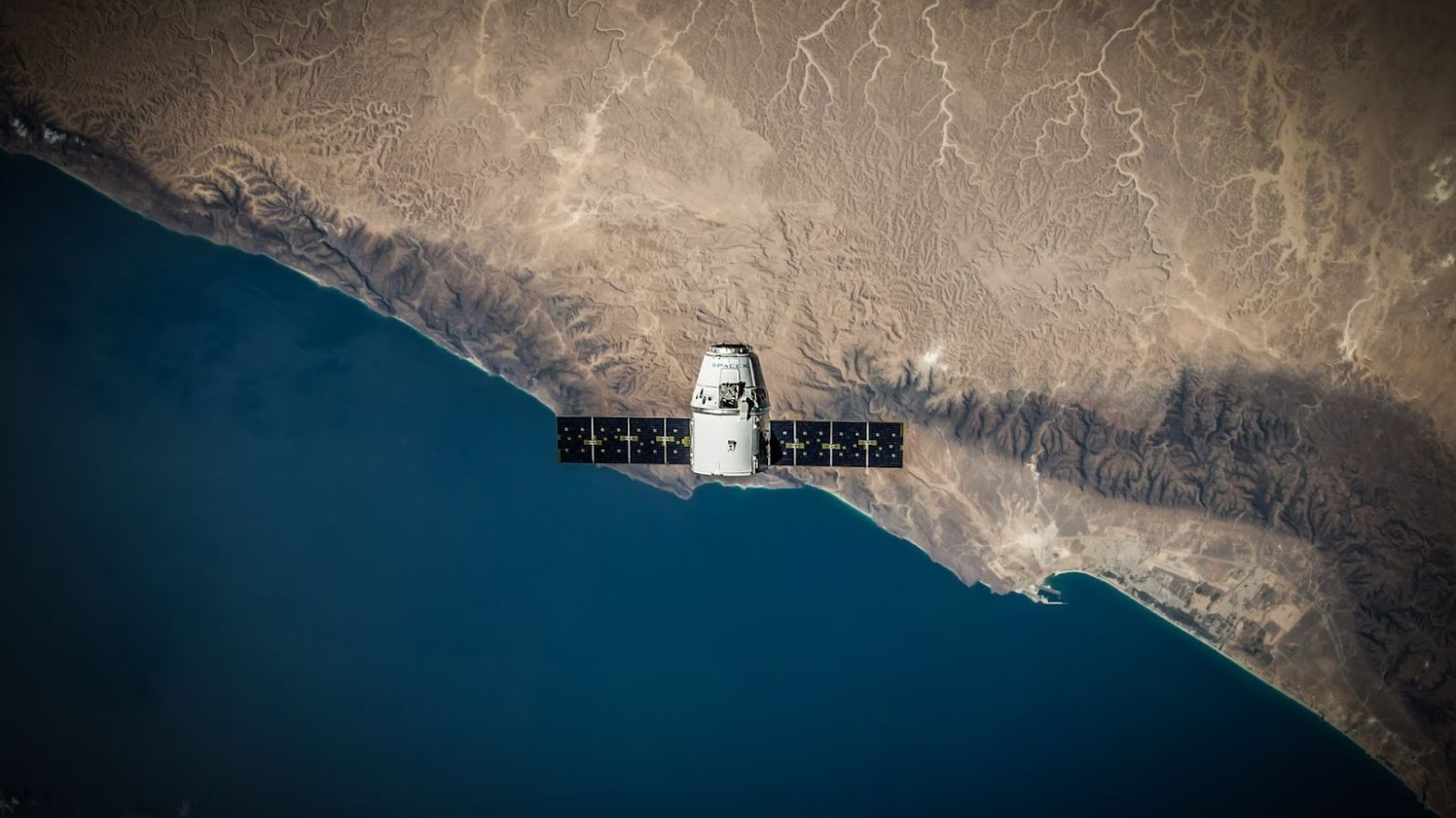
Source: SpaceX/Unsplash
Supported by Boeing, Redwire Space, Genesis Engineering Solutions, and Arizona State University, it represents a new frontier in space commercialization.
Technological Contributions
Blue Origin will build and launch Orbital Reef’s modules using its New Glenn rocket. Sierra Space will create additional modules and utilize its Dream Chaser spaceplane for crew transport.
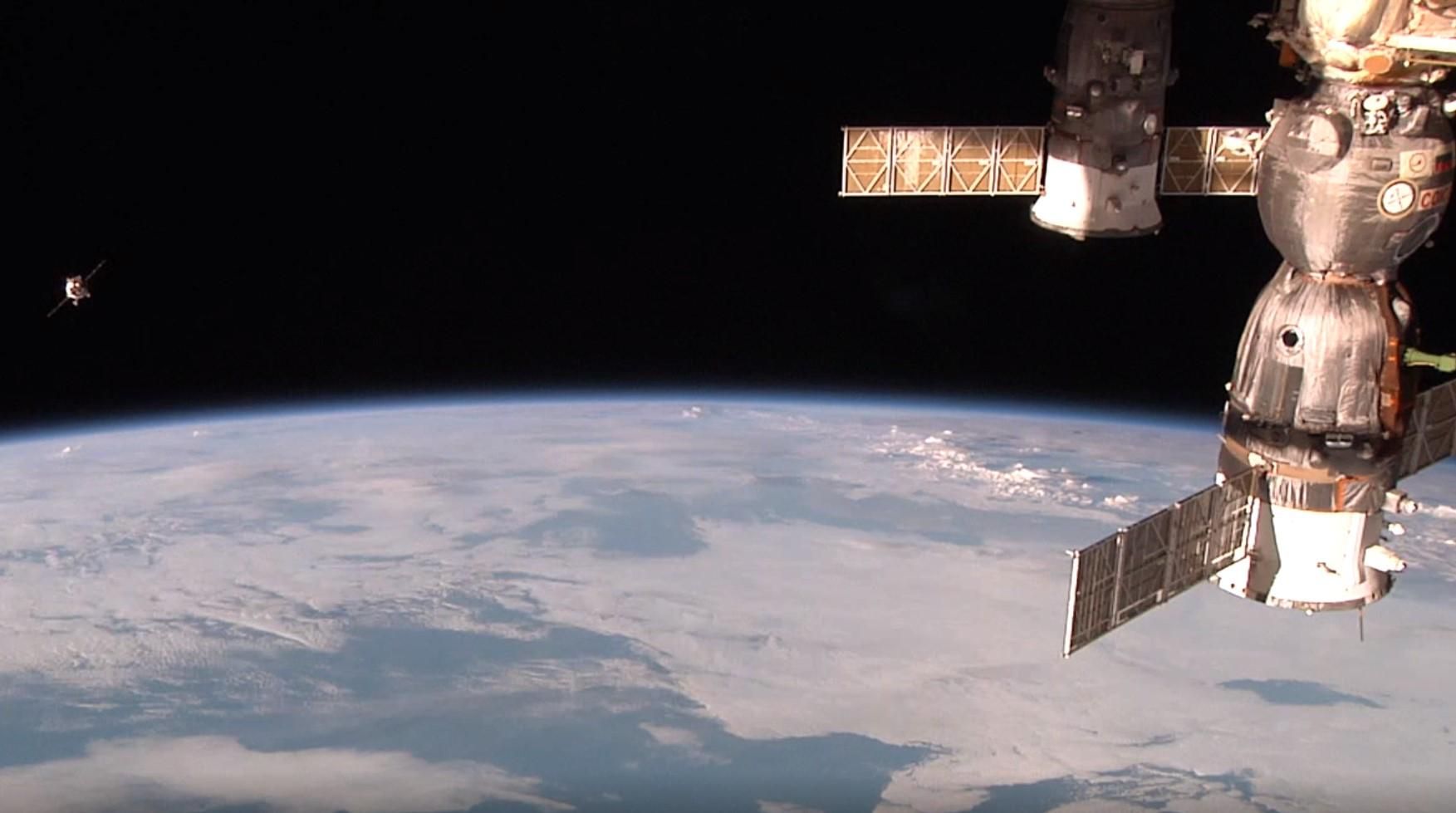
Source: NASA
Boeing will supply its Starliner spacecraft, ensuring a seamless integration of cutting-edge technologies.
A New Era of Space Exploration
As the ISS approaches the end of its mission, the transition to private space stations signifies a new era in space exploration.
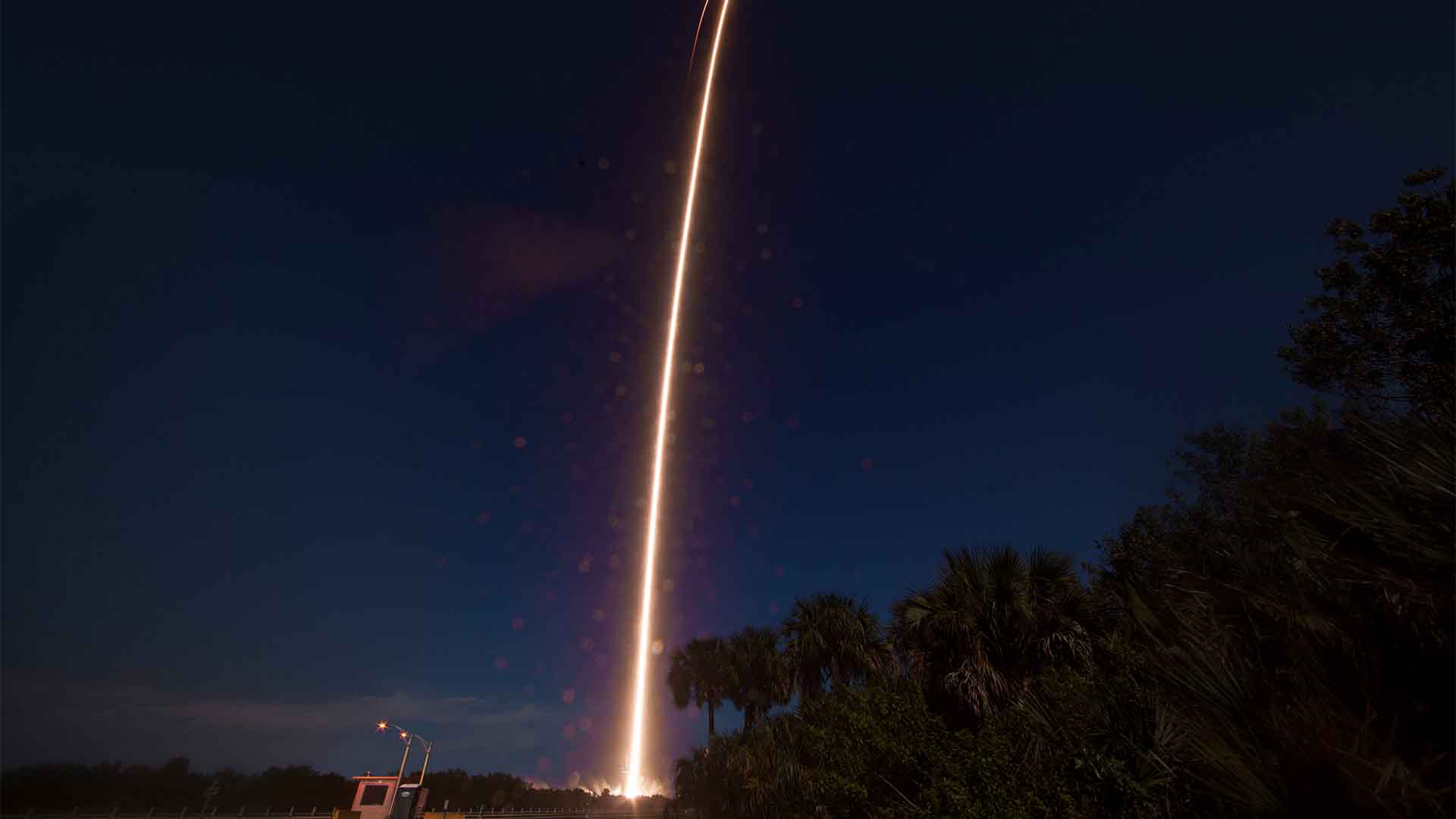
Source: Aubrey Gemignani/NASA via Getty Images
NASA’s collaboration with SpaceX for a safe deorbit is a crucial step in this journey, ensuring continued advancements and international cooperation in low Earth orbit.
